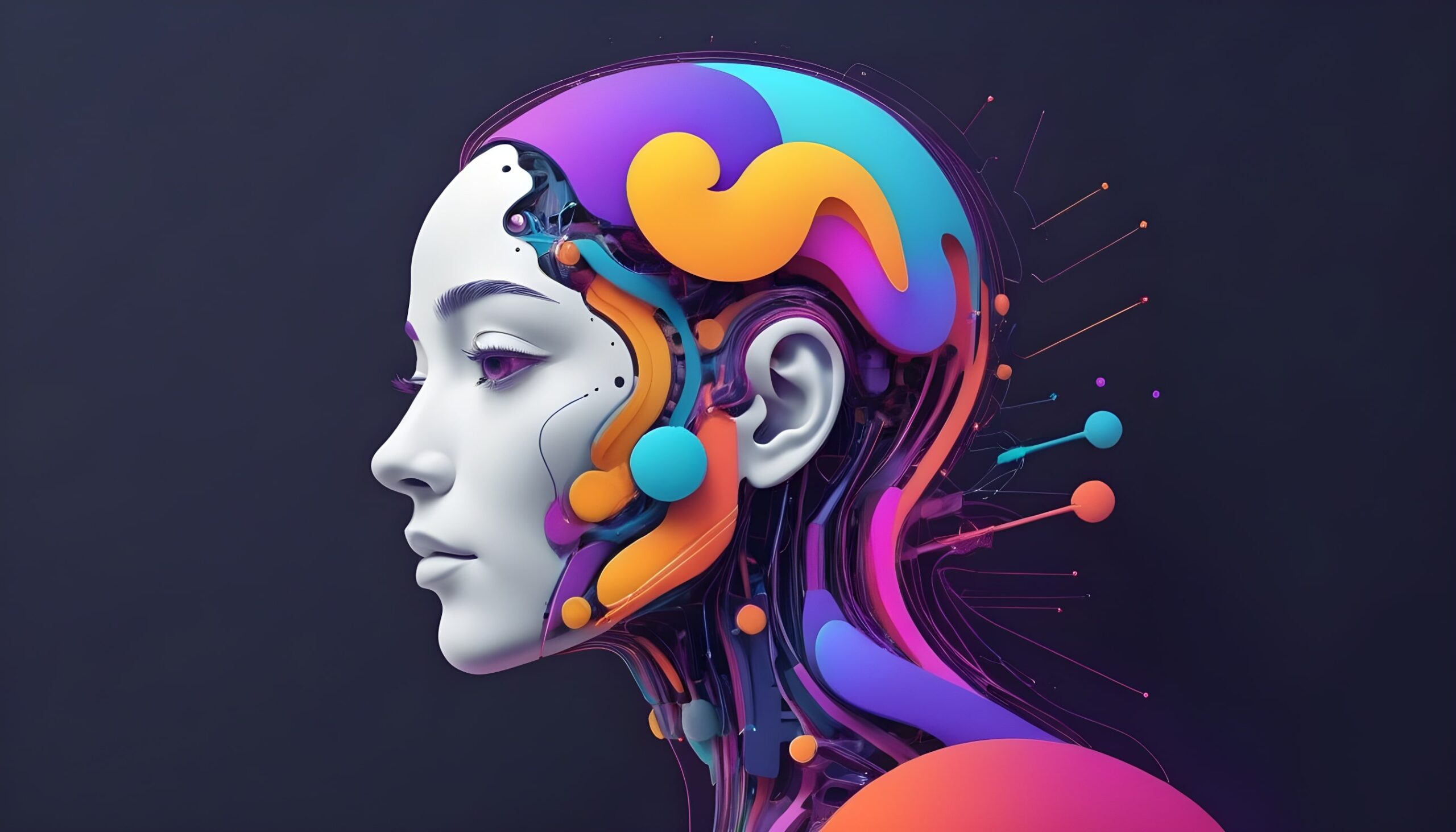The Role of AI in UI/UX Design – Opportunities and Challenges
Mar 14, 2024

In the dynamic realm of UI/UX design, artificial intelligence (AI) is no longer just a buzzword—it’s a revolutionary force reshaping the landscape. As we delve deeper into the 21st century, AI’s influence on design processes and outcomes is becoming increasingly profound, offering unparalleled opportunities while also posing new challenges. For anyone involved in UI/UX, from students at a design school to seasoned professionals, understanding this impact is key to navigating the future of the industry. This blog explores how AI is integrated into UI/UX design, highlighting the potential it holds and the hurdles we must overcome.
AI’s integration into UI/UX design heralds a new era of innovation, efficiency, and personalization. Here’s how:
Enhanced User Personalization:AI excels in analyzing vast amounts of data to identify patterns and preferences. This capability allows designers to create highly personalized user experiences, tailoring interfaces, content, and interactions to meet individual user needs. Personalization at this level significantly boosts user engagement and satisfaction.
Automated Design Tasks:Routine and time-consuming tasks, such as creating wireframes or testing usability, can now be automated with AI. This frees up designers to focus on more creative and strategic aspects of their projects, improving productivity and accelerating the design process.
Improved User Experience through Predictive Design:AI can predict user behavior based on past interactions, enabling designers to anticipate user needs and craft experiences that are not only responsive but also anticipatory. This predictive design approach enhances usability and ensures that users find what they need with minimal effort.
Accessibility and Inclusivity:AI tools are being developed to improve accessibility in design, automatically adjusting color contrasts, text sizes, and navigation for users with disabilities. This push towards inclusivity ensures that digital products are accessible to a wider audience, fostering a more inclusive digital world.
Real-time Feedback and Iteration:With AI, designers can gather and analyze user feedback in real time, allowing for rapid iterations. This capability ensures that designs are constantly refined and improved based on actual user interactions and preferences.
Despite its vast potential, AI’s integration into UI/UX design is not without its challenges:
Loss of Human Touch: While AI can enhance efficiency and personalization, there’s a concern that over-reliance on technology could lead to designs that lack the nuanced understanding and empathy that human designers bring. Balancing AI’s capabilities with the human element is crucial for creating experiences that truly resonate with users.
Data Privacy and Ethics: As AI-driven designs rely heavily on user data, concerns about privacy and ethical use of information are paramount. Designers must navigate these issues carefully, ensuring that user data is used responsibly and transparently.
Complexity and Learning Curve: Integrating AI into the design process can be complex, requiring a steep learning curve for designers. Staying abreast of the latest AI technologies and learning how to effectively use them in design projects demands ongoing education and adaptation.
Dependence on Quality Data: AI’s effectiveness is directly tied to the quality of data it’s trained on. Biased or incomplete data sets can lead to flawed designs that may not accurately reflect or serve the needs of diverse user groups.
The role of AI in UI/UX design is both exciting and challenging. As we look to the future, the key to harnessing AI’s full potential lies in leveraging its strengths to enhance creativity and efficiency while remaining vigilant about its limitations and ethical implications. Designers and design schools must embrace a mindset of continuous learning and adaptation, exploring innovative ways to integrate AI into their work.
For UI/UX professionals and enthusiasts, the AI revolution offers a unique opportunity to redefine what’s possible in design. By embracing AI’s capabilities and navigating its challenges with foresight and responsibility, we can create user experiences that are not only more personalized and efficient but also more inclusive and human-centric than ever before.
The integration of AI in UI/UX design is not just about keeping up with the latest trends—it’s about setting new standards in how we create, innovate, and connect in the digital age. Let’s embark on this journey with curiosity, creativity, and an unwavering commitment to excellence. The future of UI/UX design is here, and it is AI-powered.
© 2025 Engineer Sahab Education. All rights reserved.